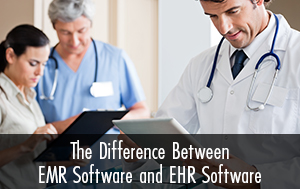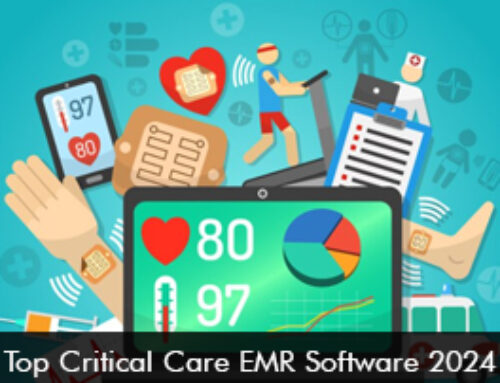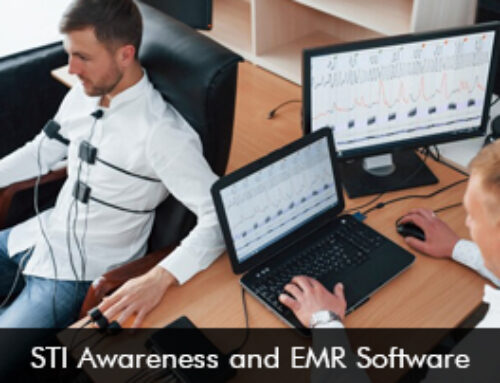Many providers today are confused about the basic distinction between the term Electronic Medical Records (EMR) Software and Electronic Health Records (EHR) Software. Most providers simply do not know which is right and if there is even any difference between these terms. This confusion on the part of medical providers also extends to EMR software vendors, with confusion about what term to use when conversing with prospective customers.
The answer is quite simple but very significant in meaning. EMR Systems or EMR Software (used more commonly) is a term that simply denotes a one-dimensional electronic version of a patient’s medical chart regardless of the format and size. It is designed to exist in a single medical practice and not to be shared with outside entities or to receive input from other healthcare stakeholders.
The EMR software record provides a narrower view of a patient’s health with updates relying solely on the medical provider with whom this record is kept and not through other channels outside the provider’s medical practice.
In comparison, an EHR software record and files are designed to offer a more holistic and updated view of a patient’s medical profile with updates and input coming from other healthcare entities like labs, hospitals, radiology, specialists and other authorized members of the healthcare community. An EHR software platform offers a more elaborate manner of viewing a patient’s medical journey across various members of the healthcare community and enables the goal of care coordination among entities especially ACO(s) – Accountable Care Organizations and PCMH(s) – Patient-Centered Medical Homes.
This difference between these two variants of a patient medical record sits at the core of the quest for interoperability in healthcare with a need for EMR System vendors to make their software platforms more open for exchange of clinical information between disparate healthcare entities and EMR software platforms.







